If you read towards the end of the excellent book “Tying Small Flies” the following pattern shows up in the “32s!” chapter: Tiny Adult Down-Wing Midge.
I’ve tied some flies on the TMC #30 before, but I had a package of Varivas #30 Ultra Midge and Gamakatsu C12-BM #30 that I hadn’t tested out yet, so this ended up as a showcase between the three hooks.
All flies tied with Sheer 14/0 for body, CDC as wing tied in with TMC 16/0
TMC 518
I like the 518: it has a nice hook-gap and good strength in the hook that can deal with “some” force. The eye is small, but that is only to expect in these small hooks. For standard dry-fly in the #30/#32 this is my preferred choice.
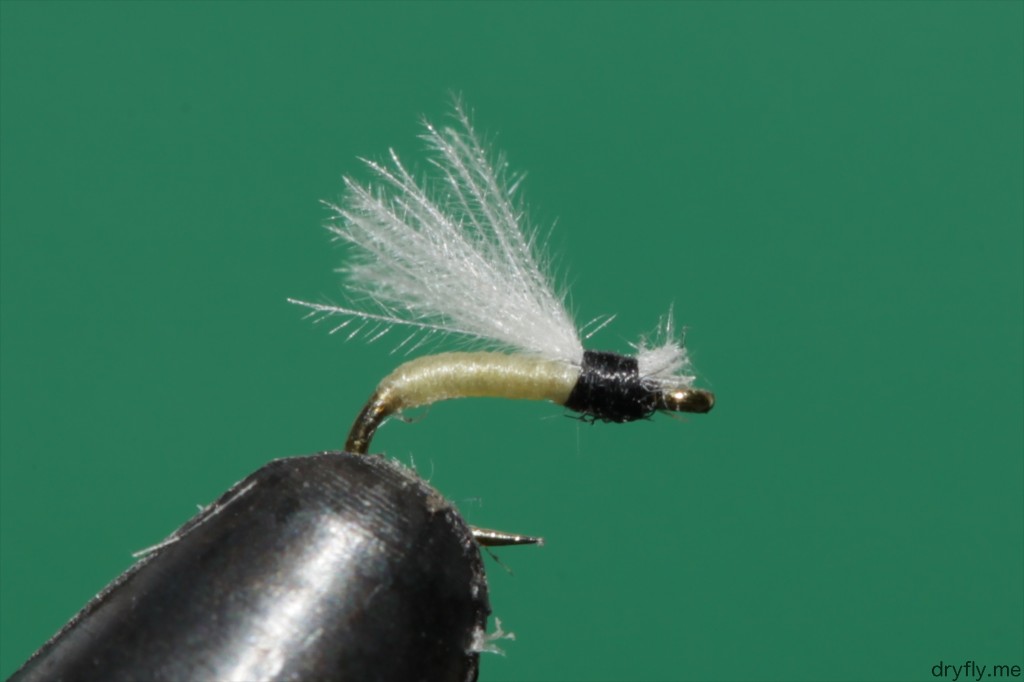
Varivas 2300
First time I tie on the Varivas 2300. Compared to the 518 above this must be handled with a delicate hand! The hook is really light and bends with only the smallest amount of force. On the positive side: the hook-gap is slightly larger than on the 518. I have not fished this yet, but my initial thought is that I would trust the 518 over this hook, but that is to be seen later this summer.
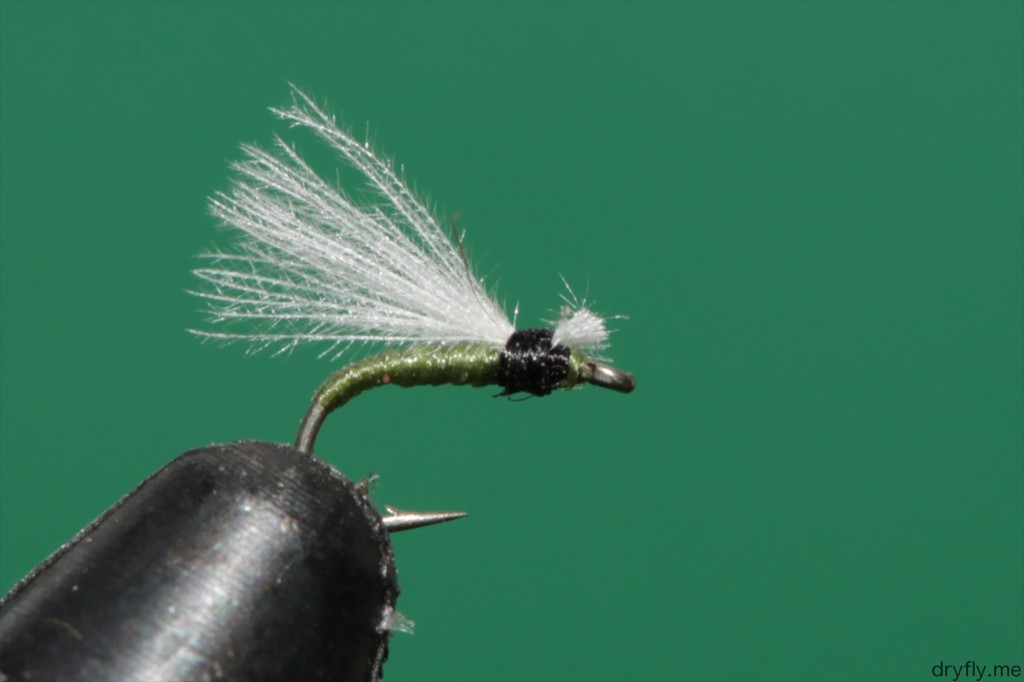
Gamakatsu C12-BM
It is barbless, curved and has a extra large eye. The feel of the hook is now better again: it feels strong and can deal with some force. The extra large eye makes this a better choice for attaching it with cold fingers when you are out next to the river.
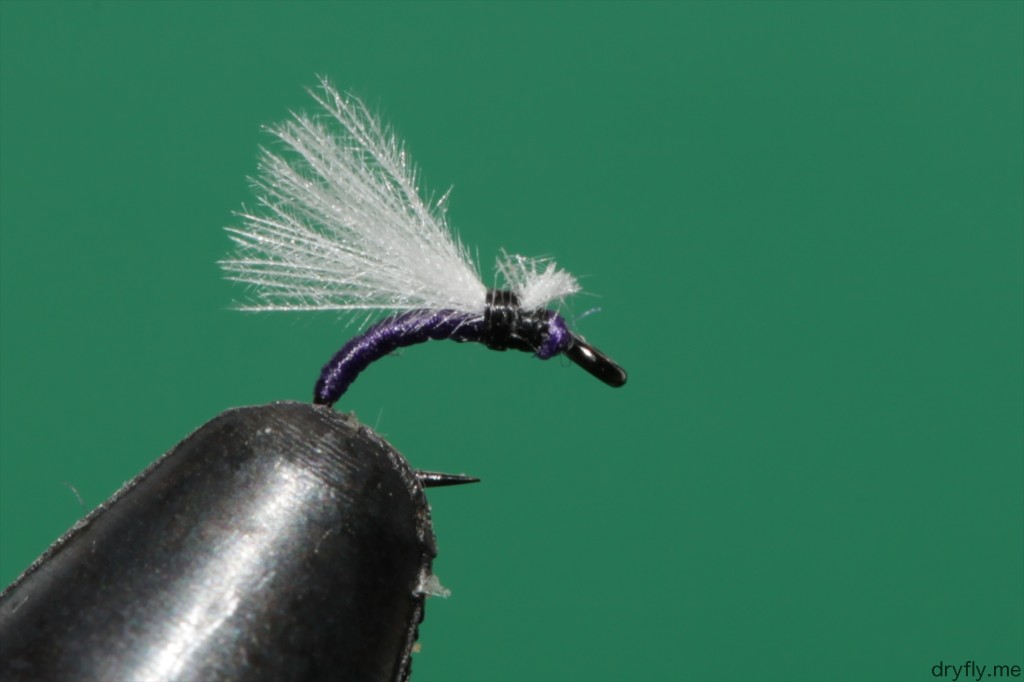
The hooks
All hooks together to show the big difference in eye size:
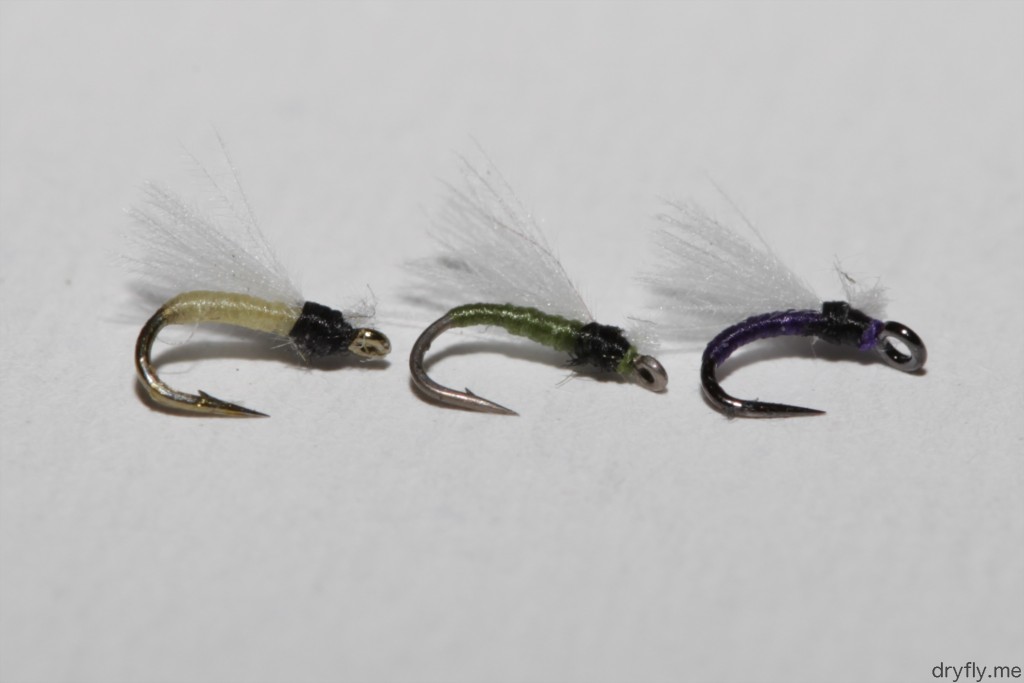
The packages together with their respective midges on top:
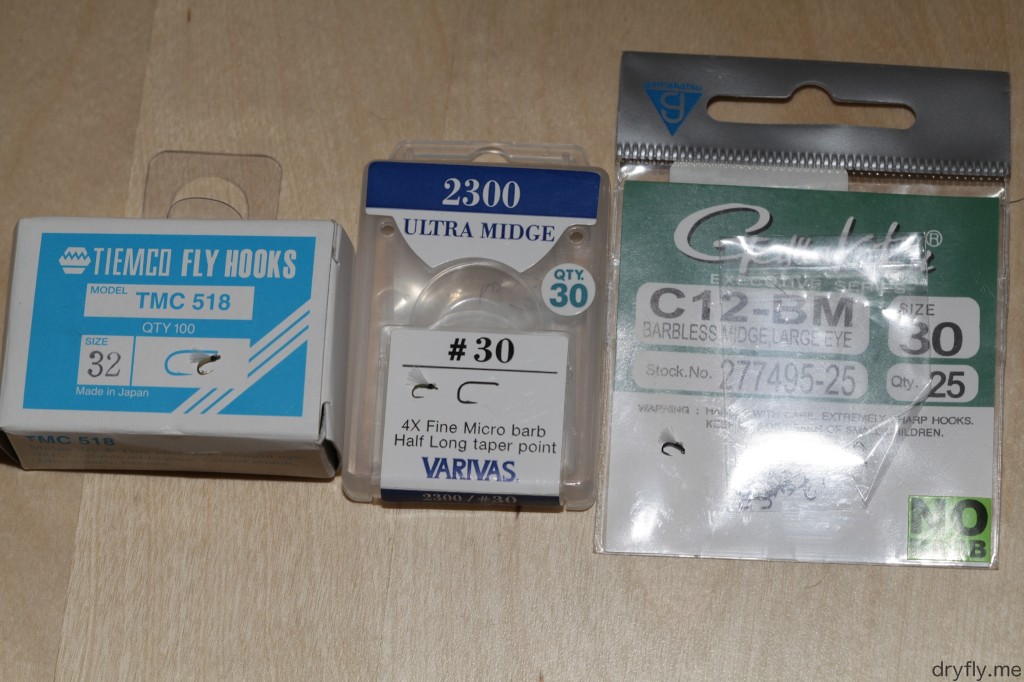
The pattern itself is easy to tie in on these small hooks. The 518 is still my favourite, but the Gamakatsu is a very good runner-up after this round, so I will experiment some more with that hook before the summer (it is also the only barbless I have seen in this size)!
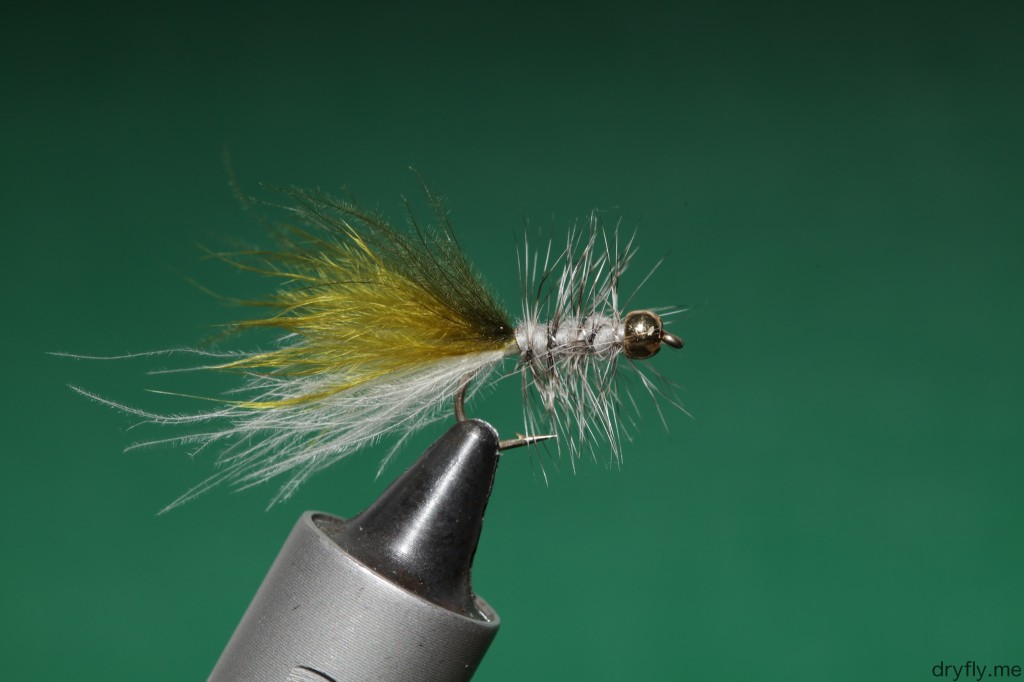
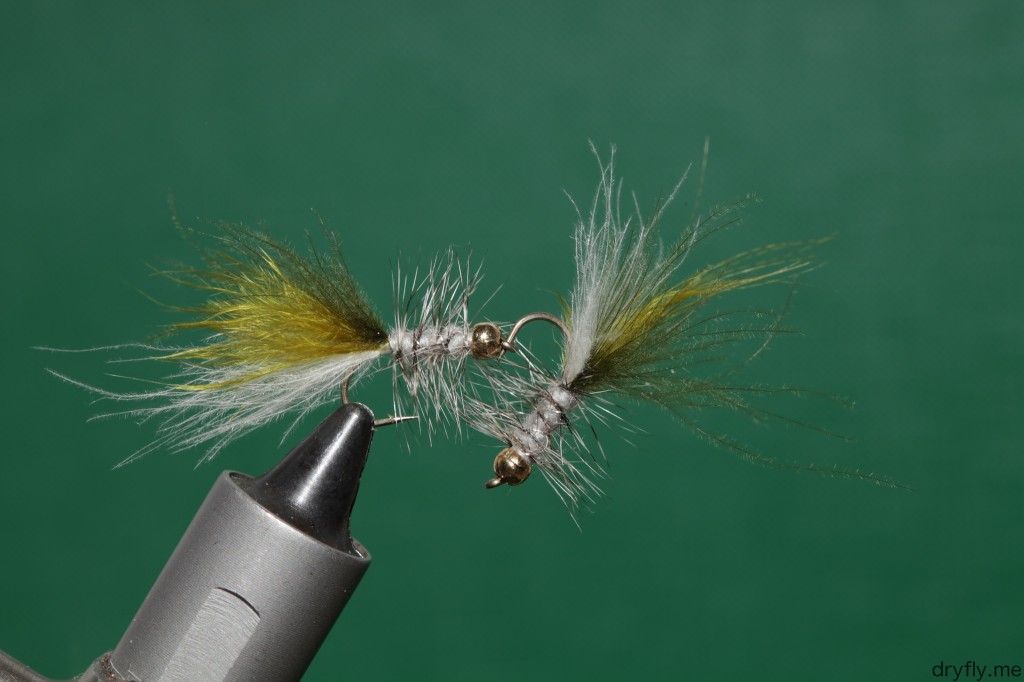 Also tied this on a TMC 5263 #10:
Also tied this on a TMC 5263 #10: 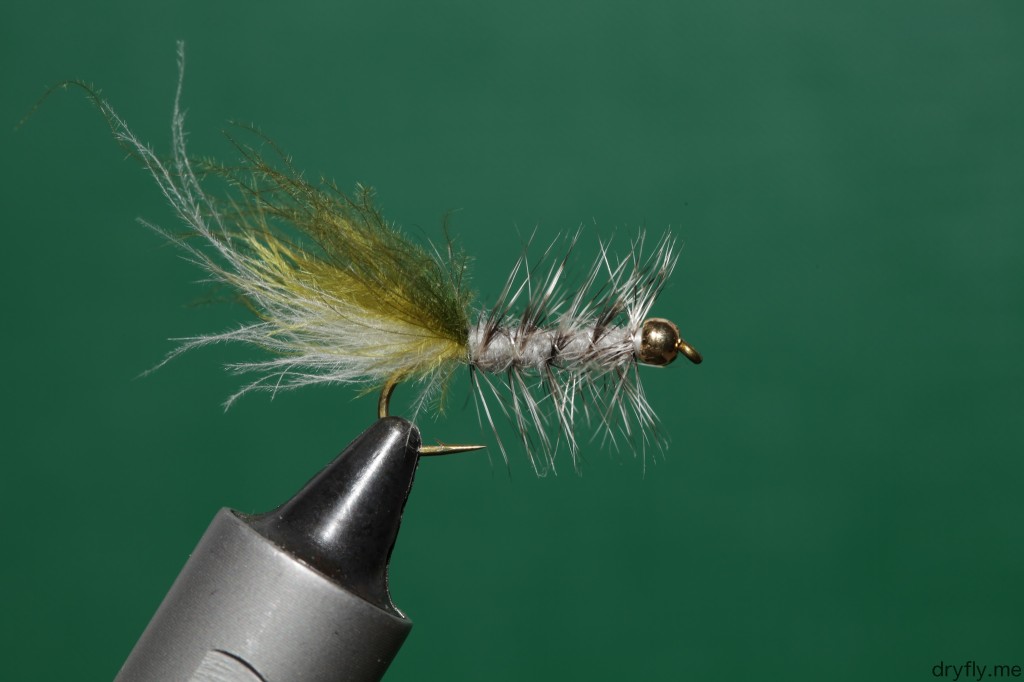 To give you an idea of the nature that inspired this pattern:
To give you an idea of the nature that inspired this pattern: 
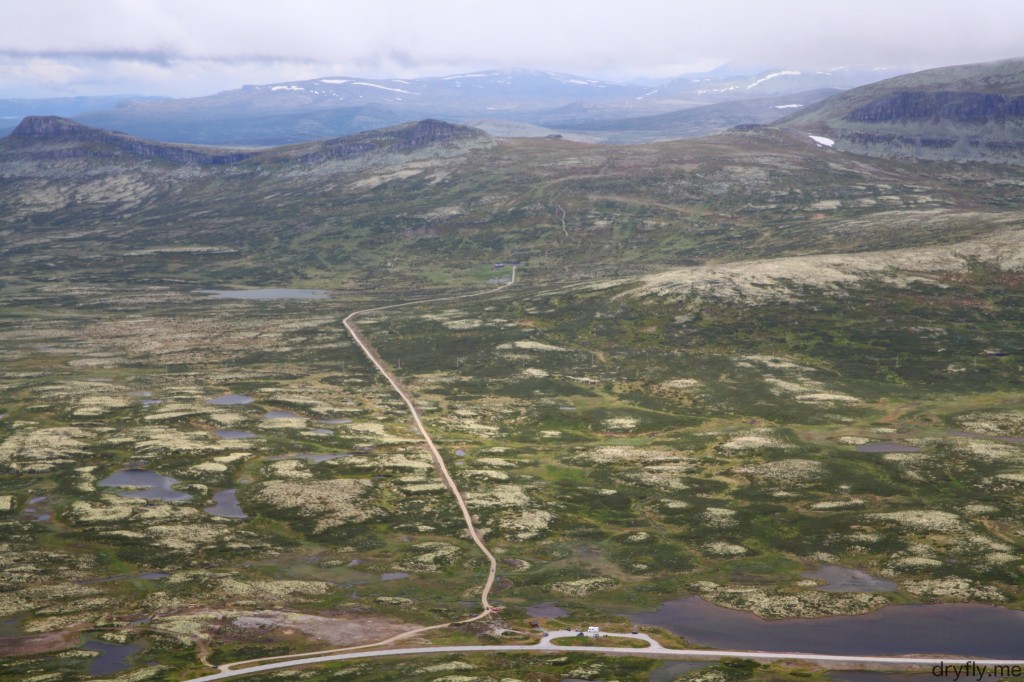
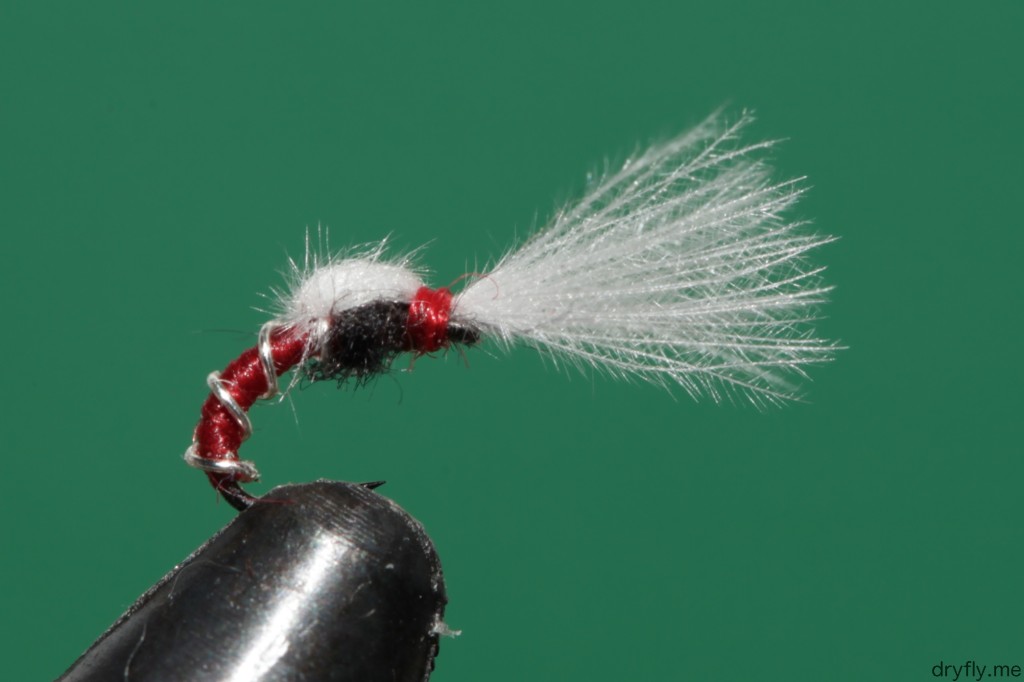
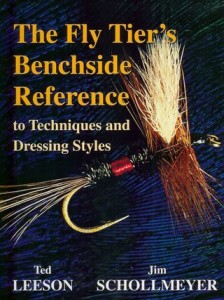





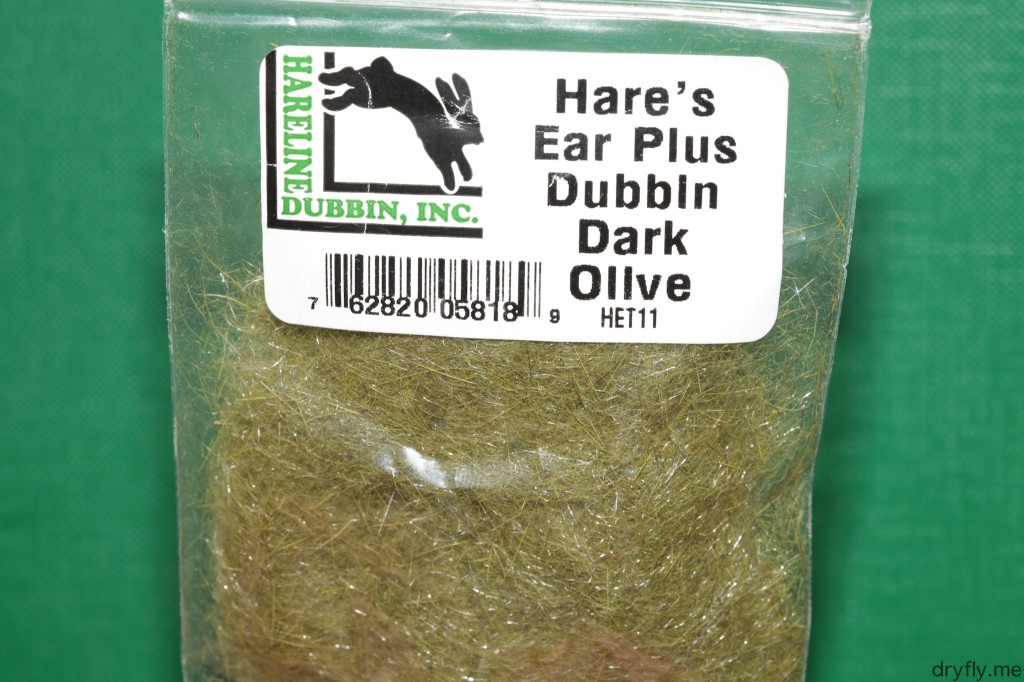
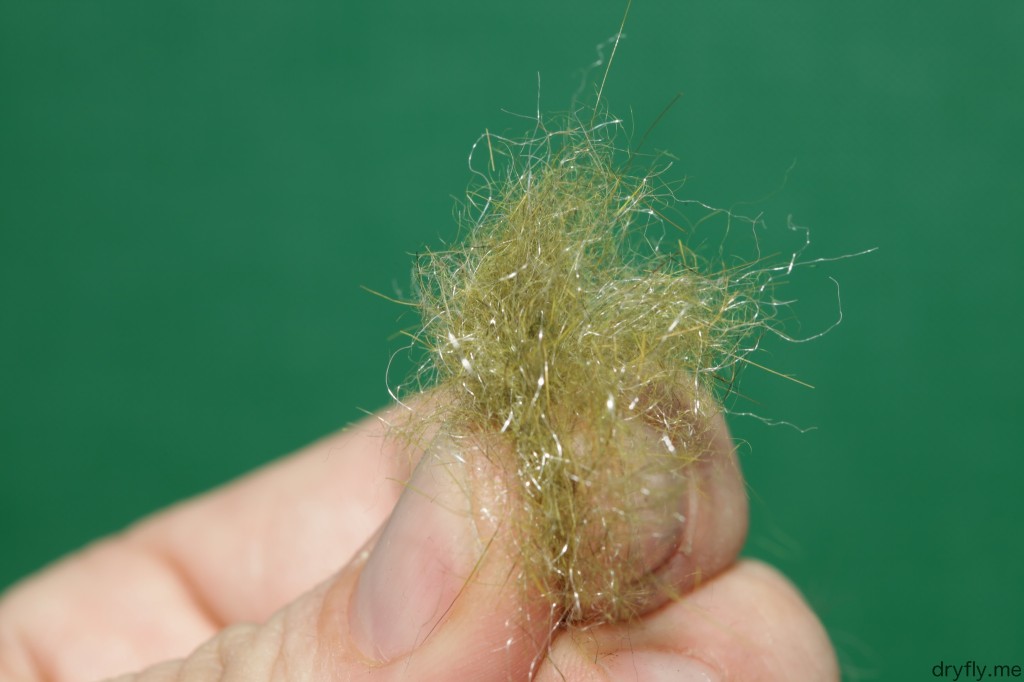
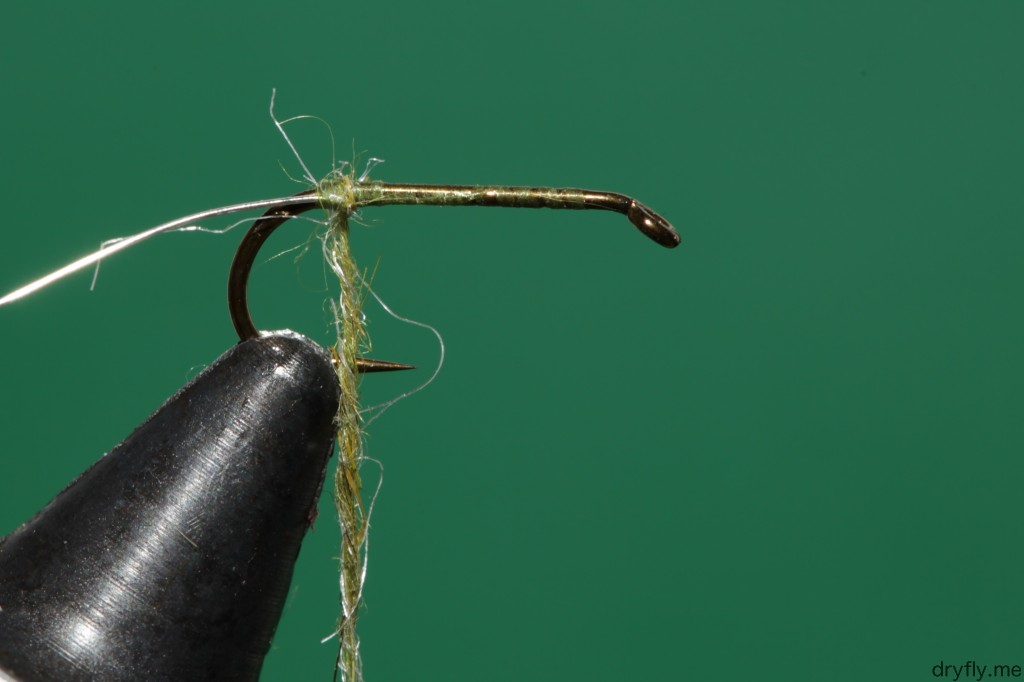

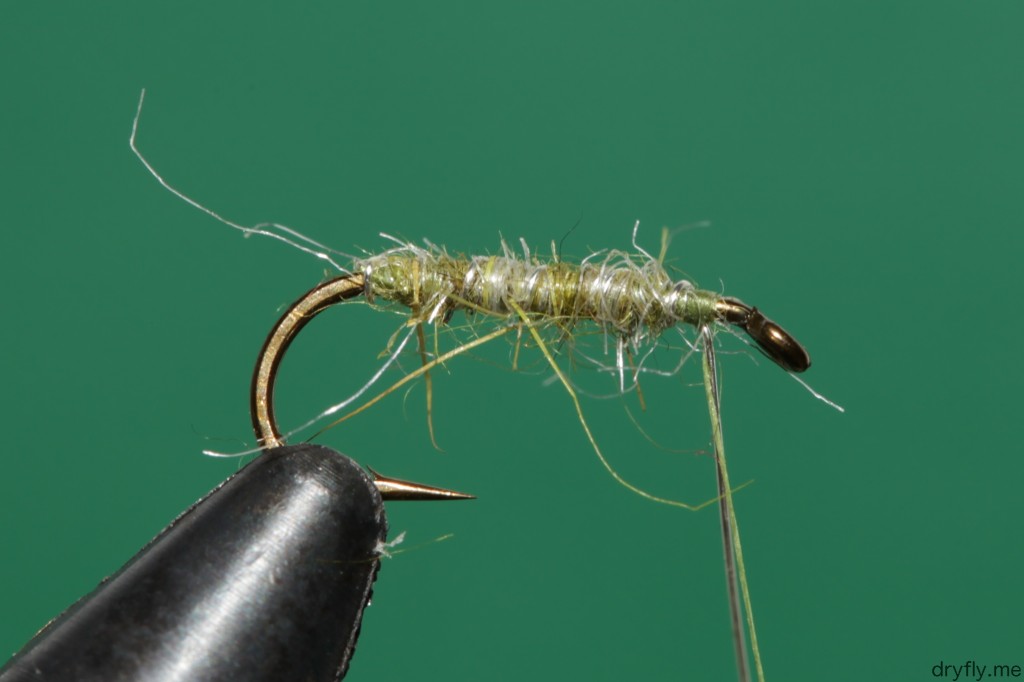
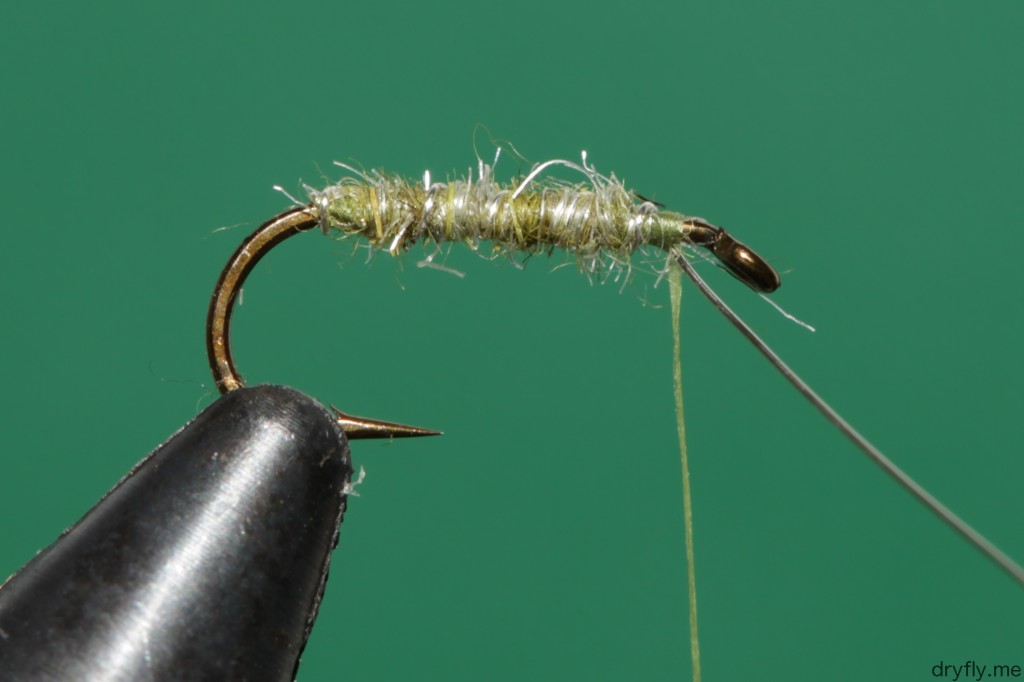
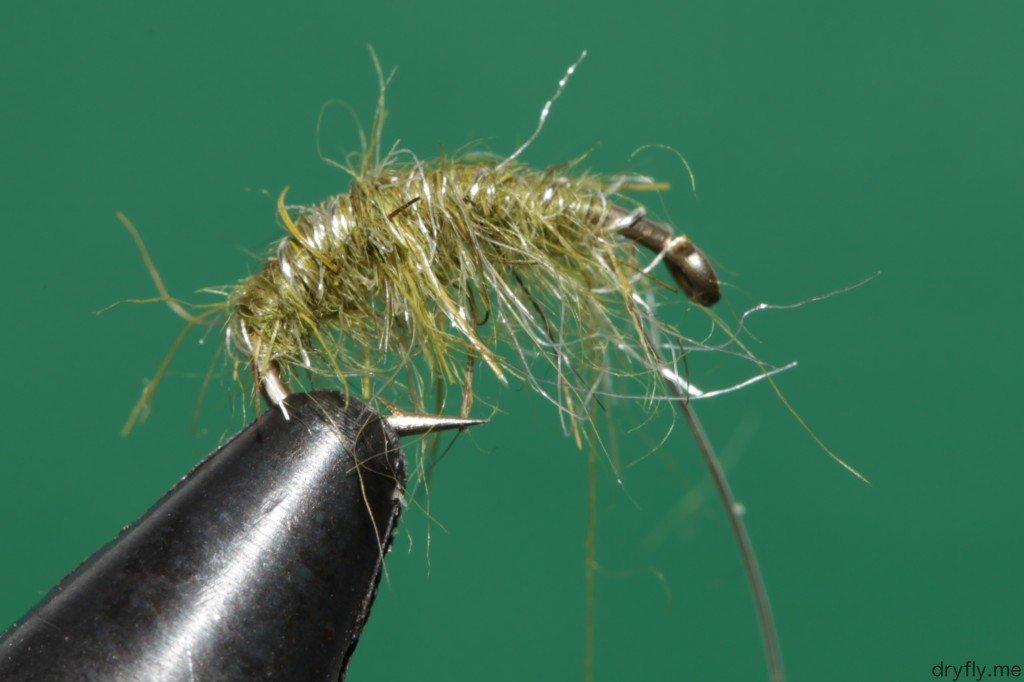
Recent Comments